Android 16 QPR1 Beta 2 Is Live, But A Popular Installation Method Remains MIA
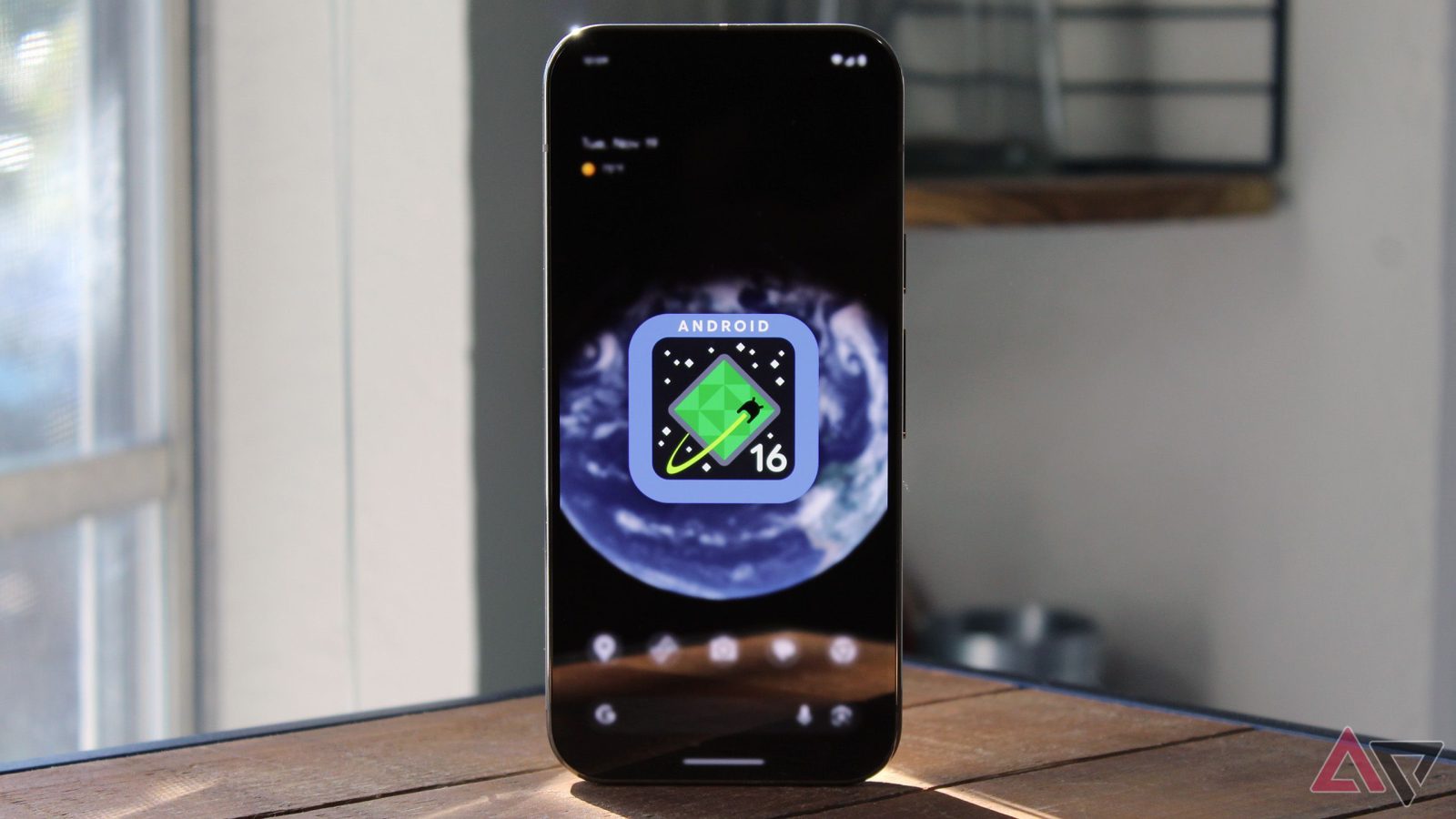
Contents

Sign in to your Android Police account
Android’s Quarterly Platform Release beta program gives Pixel 6 and newer owners the chance to test the latest software before it turns into the much-envied Pixel Feature Drop. Enrolling in the traditional beta program sets you up for automatic installation, but the characteristically gradual rollout means you’ll have to wait. You can also flash a factory image to your device, but only if you’re OK with performing a factory reset.
Alternatively, Google typically provides the over-the-air files containing QPR updates for download from the Android Developers website. Applying an OTA image lets you sidestep the waiting period and avoid resetting your phone, making it a popular method for those who want the newest features right away. Curiously, though, the second beta release of Android 16 QPR1 has yet to surface in OTA image form, leaving prospective testers waiting for an automatic update (Source: 9to5Google).

Related
Patience is a virtue
Google typically has its reasons for delays

The long-awaited desktop mode is one of QPR1 Beta 2’s biggest additions.
Each Pixel model gets its own bespoke package, whether it’s a factory image or OTA update file. During a thorough dive into QPR1 beta availability, eagle-eyed expert Ben Schoon noticed a discrepancy between the software’s stated version number, and the actual version number referenced by the individual files available. The Android Developers website claims the available OTA builds are version BP31.250523.006, but the files for download are clearly marked as version BP31.250502.008. That’s the Beta 1.1 release from a week ago.
As Schoon rightly points out, these no-reset-required sideloading packages do usually see a slight delay after the beta program begins rolling out. But a wait approaching 24 hours is far from typical.

Source: Android Developers website
Note the discrepancy between version numbers.
It’s unclear why Google might be dragging its feet on uploading the latest OTA files. It could always be a mistake — maybe somebody at the Big G simply forgot to hit the “upload” button. Alternatively, Google might, for whatever reason, want to exercise an additional measure of control over who and how many users get the latest beta build. By preventing OTA file sideloading, it knows that the only things getting the newest beta are factory-flashed phones and devices that meet its internal qualifications for the auto-rollout.
Something similar happened last week, as Google delayed the Pixel 9 Pro XL beta rollout by roughly a day longer than other devices. This time around is slightly different, though, as that pause saw Google fail to even mention the 9 Pro XL beta alongside the rest. This time, Google’s claimed version number conflicts directly with the names of the available OTA files.
No matter the reason, there’s likely nothing to be concerned about. You can still enroll in the official beta channel, and you’ll probably get the update pretty soon. On the other hand, the up-to-date OTA files will likely surface before long. Nonetheless, it’s an interesting wrinkle, and possibly also an indicator Google’s taking every possible precaution to ensure a bug- and frustration-free rollout.

Related
10 Google Pixel-exclusive features worth switching for
Once you try Pixel, you will wonder how you lived without it
What’s your reaction?
Love0
Sad0
Happy0
Sleepy0
Angry0
Dead0
Wink0
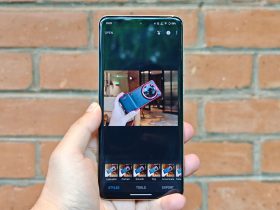
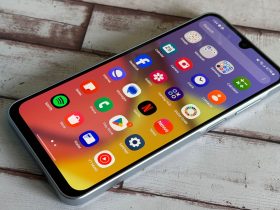
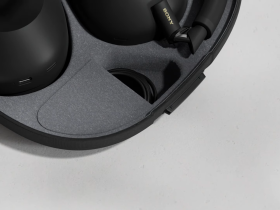
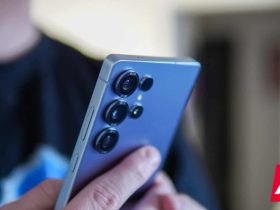



Leave a Reply
View Comments